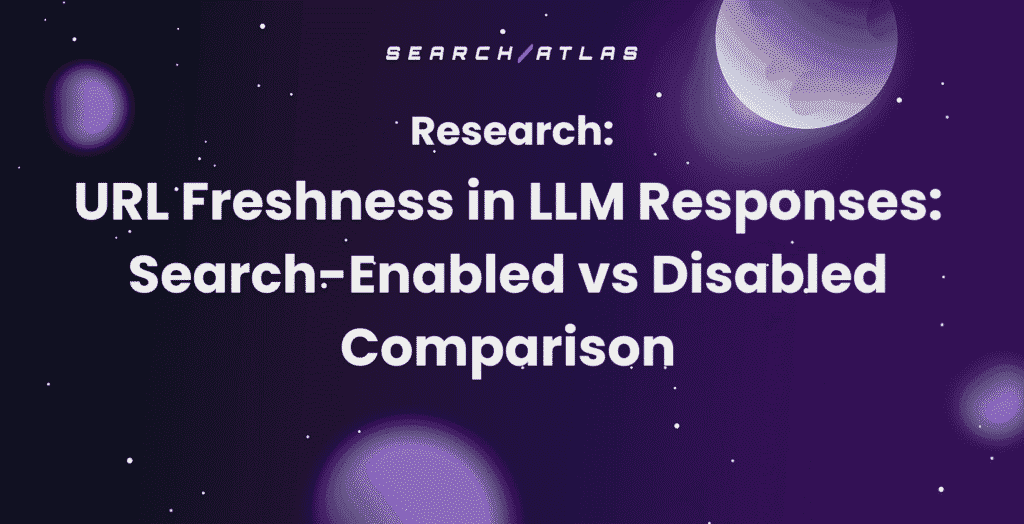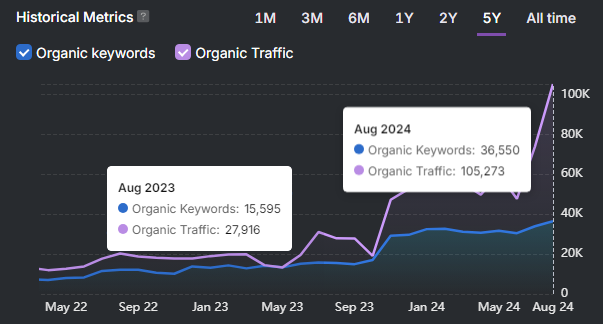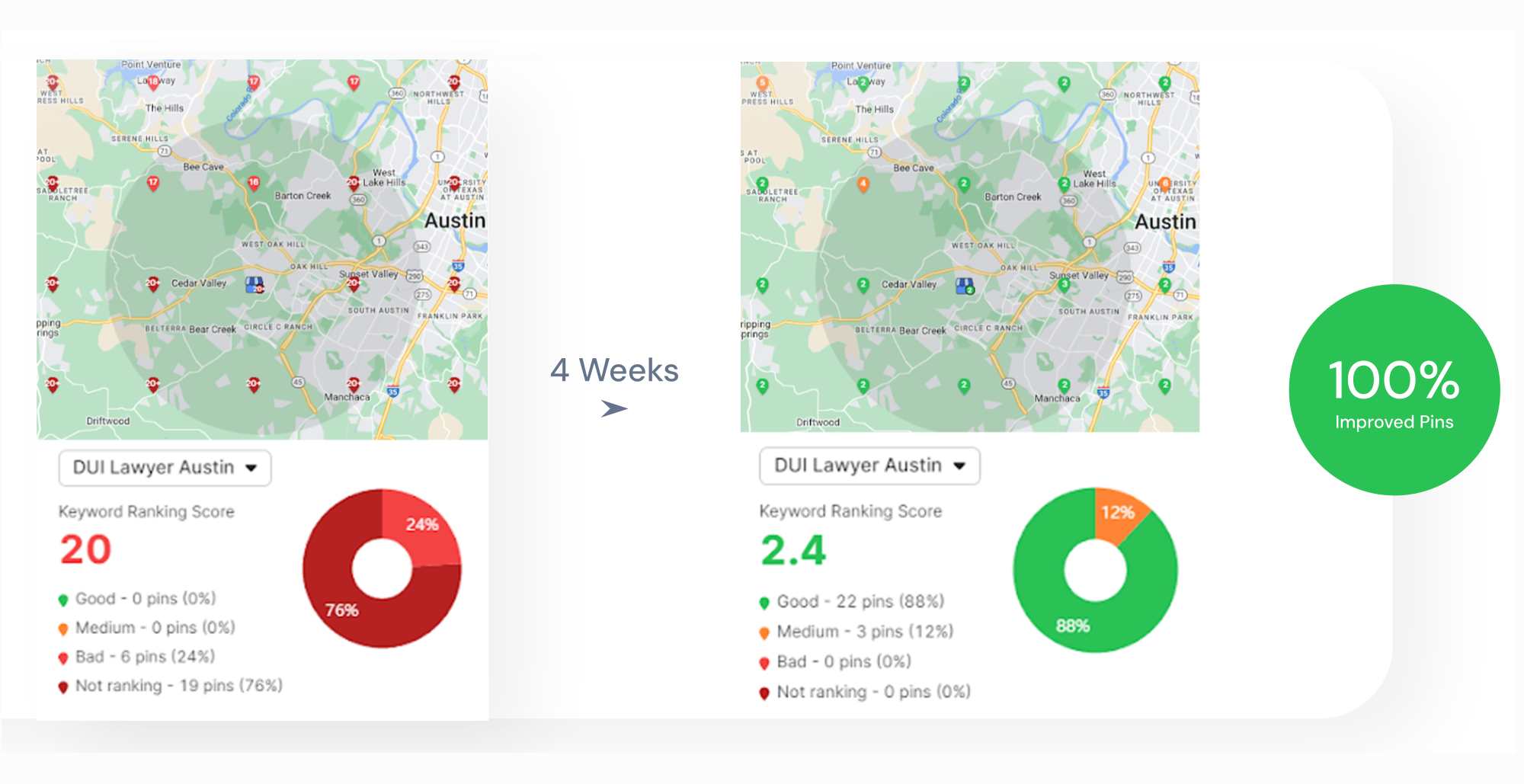HTTPS (Hypertext Transfer Protocol Secure) is a safety protocol that extends HTTP by adding encrypted and secured communication between web browsers and websites. HTTPS is a crucial SEO factor because Google uses it as a ranking signal. HTTPS prevents unauthorized access to sensitive information like passwords and credit card details. The protocol works through an SSL handshake process that establishes secure communication between clients and servers, and it provides several SEO benefits including preserving referral data for better analytics, building user trust through visible security indicators, and improving browser compatibility for modern web features.
To implement HTTPS, website owners need to choose the appropriate SSL certificate type, activate the certificate, redirect HTTP traffic to HTTPS using 301 redirects, update internal links, verify the HTTPS version in Google Search Console (GSC), and regularly monitor for SSL issues to maintain security and SEO performance.
What Is HTTPS?
HTTPS (Hypertext Transfer Protocol Secure) is a safety protocol that extends HTTP by adding encrypted and secured communication between web browsers and websites. This protocol encrypts data that travels between browsers and websites, providing greater security and privacy than standard HTTP.
Website owners obtain HTTPS by installing SSL (Secure Sockets Layer) or TLS (Transport Layer Security) certificates on their servers. The encryption protects sensitive information like passwords and credit card details during transmission over the internet, which prevents unauthorized access to this data while it moves between users and websites.
HTTP vs HTTPS
HTTP is an unencrypted protocol while HTTPS provides encrypted communication between browsers and websites.
The key difference lies in security. HTTP sends all data in plain text, which makes it vulnerable to eavesdropping and man-in-the-middle attacks. HTTPS encrypts this data and protects it from malicious interception.
Users’ browsers request resources from web servers. With HTTP, all information exchanges between browsers and websites travel as readable plain text. Attackers sometimes exploit this vulnerability to steal sensitive information.
In the past, websites used HTTPS primarily for banking and e-commerce transactions involving sensitive data. Today, HTTPS has become the standard for most websites. It provides basic security for all online users and signals quality and trustworthiness to visitors.
How Does HTTPS Work?
HTTPS works by layering SSL/TLS encryption on top of the standard HTTP protocol. Servers and clients communicate using the same HTTP language, but they do so over a secure SSL connection that encrypts and decrypts all requests and responses.
The SSL layer serves two main purposes. It verifies that users communicate directly with the intended server. It ensures that only the server reads what users send and only users read what the server sends back.
The system works brilliantly because attackers intercept every message between client and server, including messages where parties agree on encryption keys and strategies, but attackers still cannot read the actual data.
The SSL Handshake Process
An SSL handshake establishes the connection between client and server. The handshake has three goals which are listed below.
- Ensuring the client talks to the correct server
- Agreeing on a cipher suite that includes the encryption algorithm for data exchange
- Agreeing on necessary keys for the algorithm
The handshake breaks into three phases that are listed below.
- Hello
- Certificate Exchange
- Key Exchange
The Hello Phase
The client sends a ClientHello message that contains all information the server needs for SSL connection, including supported cipher suites and maximum SSL version. The server responds with ServerHello, which contains similar client requirements and decisions about which cipher suite and SSL version the parties will use.
Certificate Exchange
The server proves its identity to the client using its SSL certificate. The certificate contains the owner name, attached domain, public key, digital signature, and validity dates. The client checks that it trusts the certificate implicitly or that Certificate Authorities verify and trust it.
Key Exchange
Parties encrypt actual message data using a symmetric algorithm, which they agreed upon during the Hello phase. Symmetric algorithms use a single key for both encryption and decryption, unlike asymmetric algorithms that require public/private key pairs.
The client generates a random key for the symmetric algorithm. It encrypts this key using the agreed algorithm and the server public key from the SSL certificate. The client sends the encrypted key to the server, where the server decrypts it using its private key.
After the handshake completes, parties send encrypted HTTP requests and responses. They form plaintext messages, then encrypt and send them. Only the intended recipient knows how to decrypt messages, so Man-in-the-Middle attackers aren’t able to read or modify intercepted requests.
What Is the Importance of HTTPS for SEO?
The importance of HTTPS for SEO lies in its ability to provide security to users. Due to this increased security, Google has made it a ranking factor as part of comprehensive technical SEO optimization. HTTPS has other SEO benefits including analytics, user experience (UX), and reporting benefits that contribute to overall site performance and search visibility.
1. HTTPS Is a Ranking Signal
Google uses HTTPS as a ranking signal. Google explicitly states that websites using HTTPS receive a slight ranking boost because HTTPS ensures secure and encrypted connections between websites and users. The company treats HTTPS as part of a comprehensive measure of page experience rather than as an isolated factor. The HTTPS protocol plays a vital role in page experience optimization, particularly for sites that handle transactions or store user data.
2. HTTPS Preserves Referral Data
HTTPS preserves referral data, which provides significant SEO benefits through improved analytics accuracy and better traffic source identification. Sites without HTTPS encryption lose valuable referral information when visitors arrive from various sources. Analytics tools cannot identify whether traffic comes from social media, paid advertisements, organic search, or other channels when this data disappears.
Missing information appears as “direct” traffic in analytics dashboards, which misleads website owners about their true traffic sources and makes it difficult to understand which marketing channels drive valuable visitors. The HTTPS protocol prevents data loss that occurs when traffic moves from HTTPS sites to HTTP sites. Website owners and SEOs benefit from complete visibility into traffic sources and user behavior patterns.
3. HTTPS Builds User Trust
HTTPS builds user trust through visible security indicators and elimination of browser warnings. Higher user trust translates into better engagement metrics that search engines value. Users stay longer on secure websites and complete more actions when they feel confident about security, creating positive signals for search rankings.
Browsers display a padlock icon and “https” in the URL when sites use HTTPS encryption. Users feel safer when they see these indicators, which reduces bounce rates and increases engagement. This visual confirmation helps users trust that their information remains protected. Websites without HTTPS receive “not secure” labels from browsers, which warns visitors about security risks. These warnings create negative impressions and cause users to abandon sites before exploring content.
4. HTTPS Improves Browser Compatibility and UX
HTTPS enhances website compatibility and user experience by enabling modern web features and preventing functionality restrictions. Modern browsers require HTTPS for essential functionalities including geolocation access and service worker activation for Progressive Web Apps (PWAs). Sites without HTTPS face reduced functionality and browser warnings that deter visitors.
Service workers, which enable PWAs to function offline and receive push notifications, only register and activate when sites use HTTPS. Many web APIs that enhance PWA functionality, such as geolocation services, restrict access to secure contexts only. PWAs require HTTPS for user installation, which allows visitors to add shortcuts to their device home screens. This installability feature transforms websites into app-like experiences that users access easily.
How to Set Up HTTPS for Your Website: 6 Easy Steps
There are 6 steps to set up HTTPS for your website. The 6 steps are listed below.
1. Decide Which SSL Certificate You Need
Decide between several types of SSL certificates. SSL certificates are categorized based on validation level and secured domains.
Based on validation levels, SSL certificates are categorized into the types below.
- Domain Validation (DV). Verifies domain ownership only and suits small websites that don’t collect user data. The most affordable option.
- Organization Validation (OV). Verifies domain ownership and organizational details like name and location. Best for business sites with forms or lead-generation features.
- Extended Validation (EV). Confirms domain ownership, organization identity, physical location, and legal status. Ideal for websites handling sensitive data, such as payment information. The most expensive option.
Based on Domain Coverage, SSL certificates are categorized into the types below.
- Single Domain. Secures one domain only. For example, an SSL for example.com won’t cover blog.example.com.
- Wildcard: Secures a domain and all its subdomains. An SSL for example.com would also cover blog.example.com, shop.example.com, etc.
- Multi-Domain: Secures multiple domains with one certificate. An SSL for example.com protect instance.com and other domains.
The best SSL type depends on your site’s purpose and structure. A single-page site for a local coffee shop that shares basic info like hours and location likely only needs Domain Validation and a Single Domain certificate especially if it doesn’t collect user data.
An ecommerce site that collects personal and payment details requires greater trust and protection. Extended Validation and either a Wildcard or Multi-Domain certificate better suit sites with multiple product pages, categories, or blogs.
2. Activate the SSL Certificate
Activate the SSL certificate immediately after installation to secure the website with HTTPS. For WordPress websites, follow the steps below.
- Log into the WordPress admin dashboard.
- Navigate to Settings → General
- Enter the HTTPS version of the website URL into both the WordPress Address (URL) and Site Address (URL) fields.
- Click Save Changes.
WordPress switches from HTTP to HTTPS automatically. This happens only if the SSL certificate already exists on the hosting server. This feature applies to WordPress version 5.7 and later.
For other websites, force HTTPS by editing the .htaccess file or server configuration.
On Apache servers, add the rule below to the .htaccess file.
RewriteEngine On
RewriteCond %{HTTPS} off
RewriteRule ^(.*)$ https://%{HTTP_HOST}%{REQUEST_URI} [L,R=301]
On Nginx servers, include the directive below.
server {
listen 80;
server_name yourdomain.com www.yourdomain.com;
return 301 https://yourdomain.com$request_uri;
}
Finally, access the website using the HTTPS version of the URL. A padlock icon in the browser address bar confirms that SSL is active. Activate the SSL certificate before continuing with other site security settings.
3. Redirect from HTTP to HTTPS
Redirect HTTP URLs only after confirming that HTTPS loads correctly. Redirecting too early introduces access errors and security warnings. Test HTTPS performance first. Load multiple pages using HTTPS. Confirm that the SSL padlock appears and that no mixed content warnings show.
Use 301 redirects after the HTTPS version performs correctly. Update server rules to force all traffic to the secure version. Avoid delays in search engine indexing by applying redirects before notifying Google.
4. Update Your Internal Links
Enable HTTPS encryption first. Update all internal links afterward. Point every link to the HTTPS version of its target URL. Large websites face more work. This happens because they include many pages with internal links.
Avoid Mixing HTTPS and HTTP content. Ensure all your pages are on HTTPS. In the Page Explorer tool, sort pages by their HTTPS status to find issues.
5. Verify the HTTPS version in GSC
Set up the HTTPS version correctly. Optimize the website for HTTPS. Notify Google about the new version of the site afterward. Open Google Search Console. Add a new URL-prefix property for the HTTPS version. Verify ownership of the property. Set the HTTPS version as the canonical version. Google Search Console accepts the HTTPS version a few days after the transfer. Google uses it for indexing and ranking after the system updates.
6. Monitor Your Website for SSL Issues Regularly
Use tools like the Site Audit Tool to detect pages that are still in HTTP versions. In the Issues tab, look at the Domain subsection to discover redirection and other HTTPS issues on the Domain level.
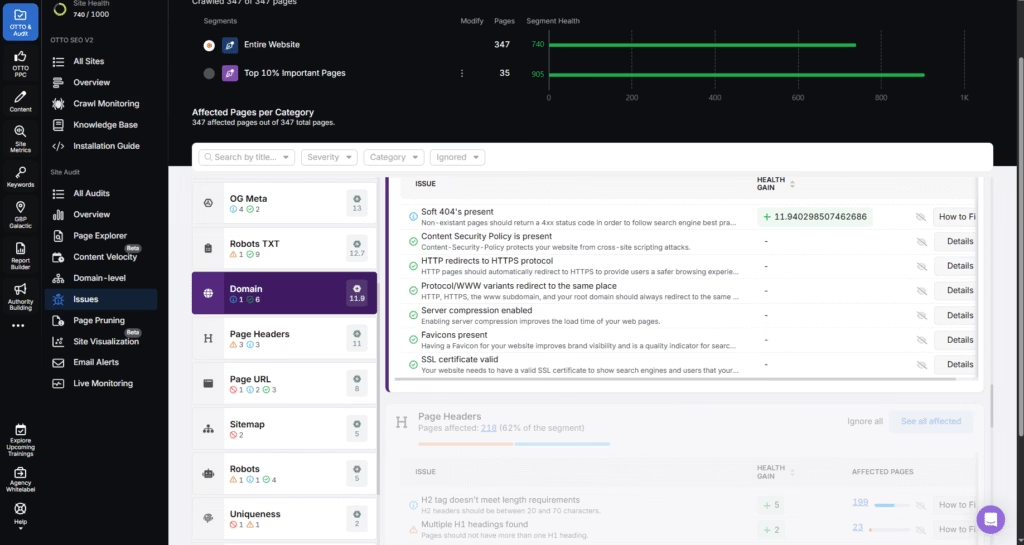
In the same Issues tab, look at the Page URL subsection to discover more potential issues.
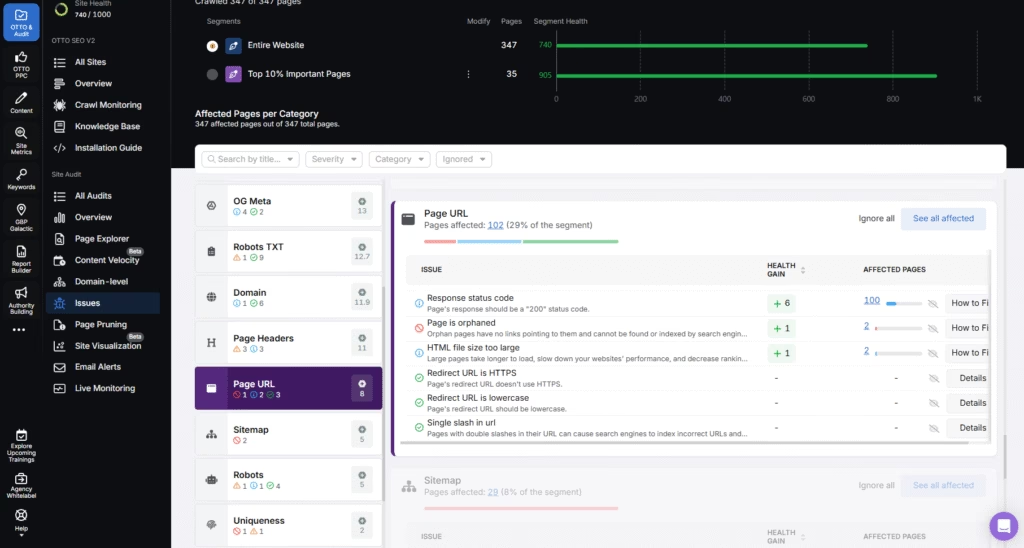
Click on individual issues to learn more about each.

Monitor the SSL certificate regularly when you use HTTPS encryption on the website. Confirm that it works without errors. Check the expiration date during each review. Detect issues early before they affect the website.
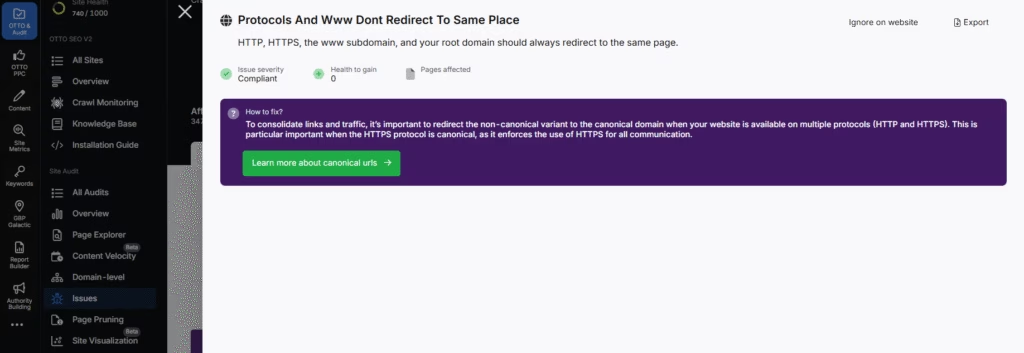
Why Is HTTPS Important for SEO?
HTTPS is important for SEO because HTTPS protects user data. Search engines trust secure websites more and users stay longer on websites which load securely. HTTPS also prevents data interception and Google prefers secure connections. Sites with HTTPS receive higher trust scores. SEO performance improves after websites switch to HTTPS.
Is HTTPS a Ranking Factor?
Yes, HTTPS is a ranking factor. Websites with secure connections rank higher. Secure sites build more trust with users while sSearch engines prefer encrypted pages. HTTPS support boosts credibility and improves indexing. Ranking signals increase after websites adopt HTTPS encryption.
What Is the Best Practice for HTTPS Redirection?
Redirect every HTTP page to its HTTPS version. Use 301 redirects to preserve link equity. Apply server-level rules for consistency. Update internal links to avoid mixed content. Verify HTTPS URLs in Google Search Console. Keep the SSL certificate active without interruptions.







